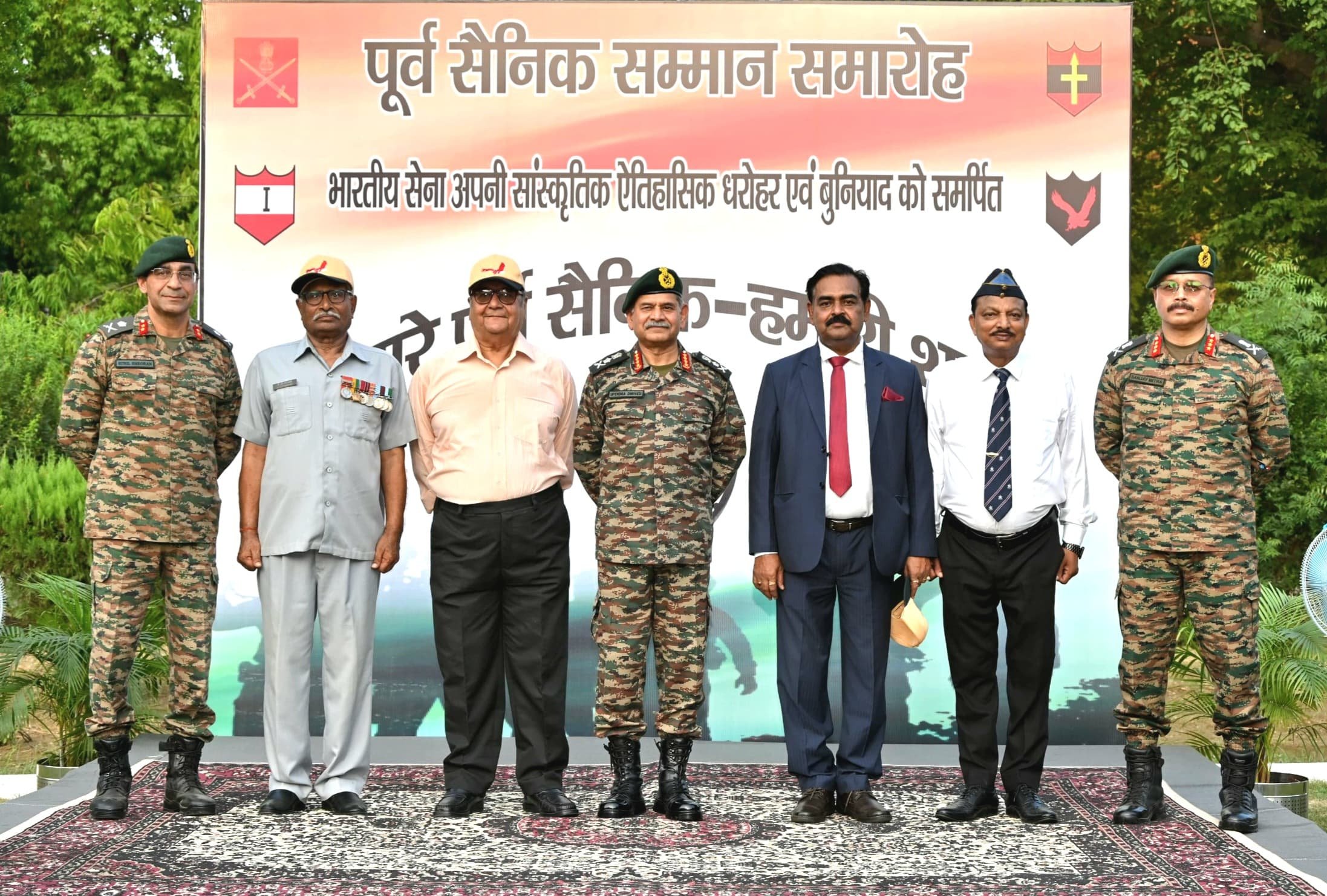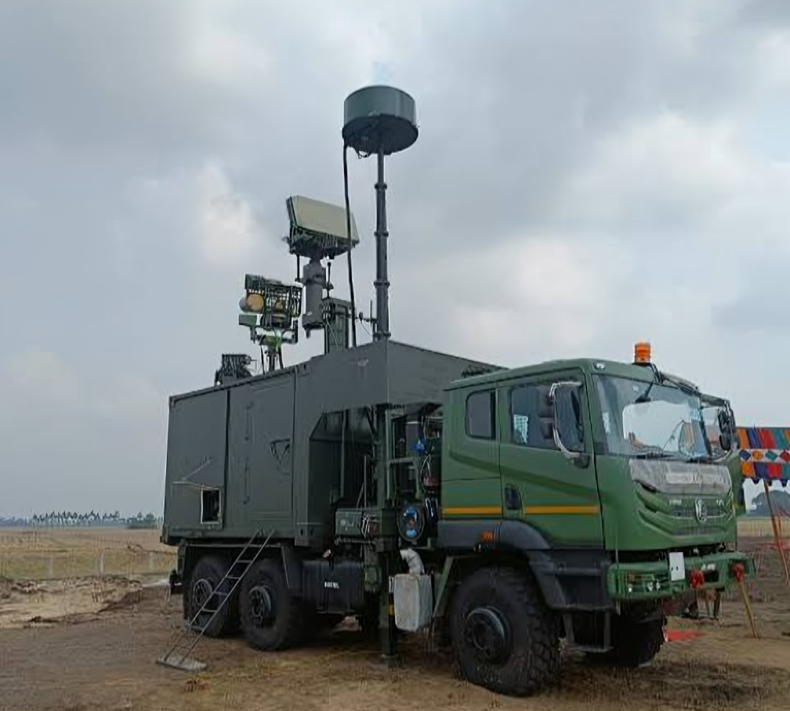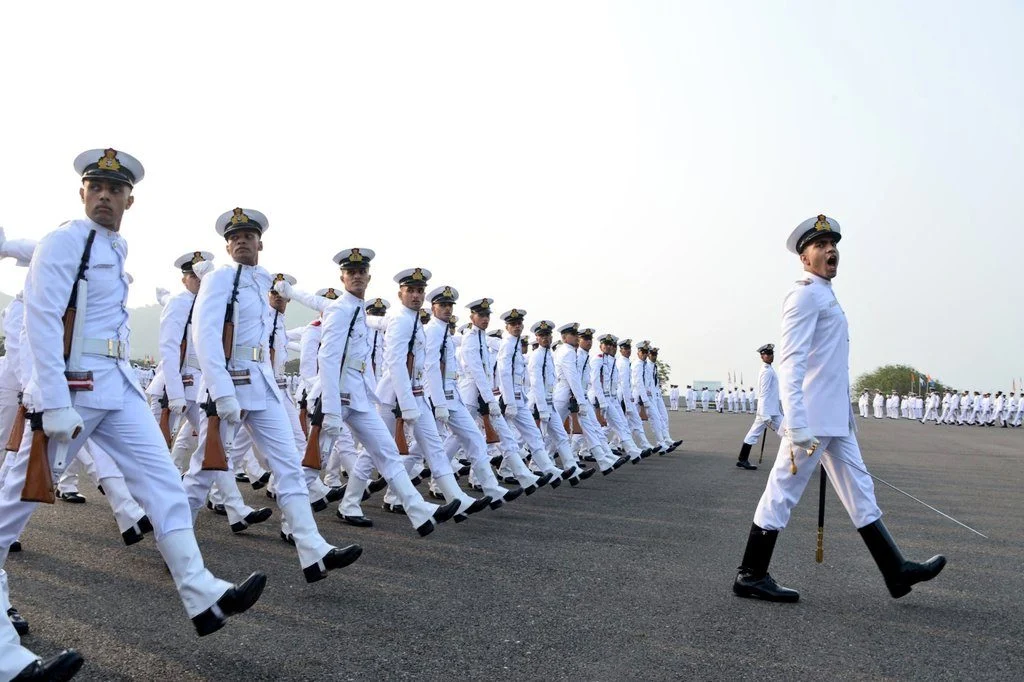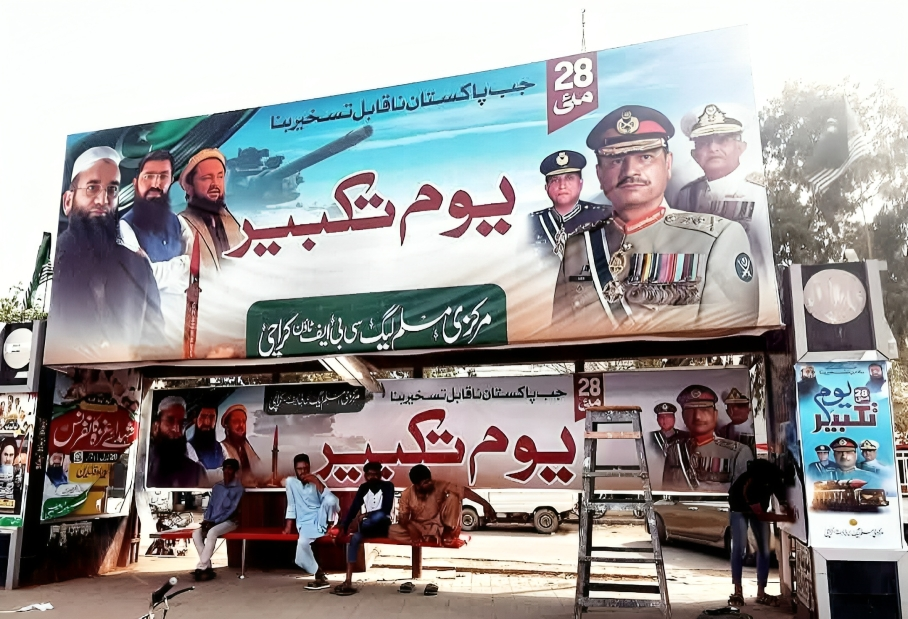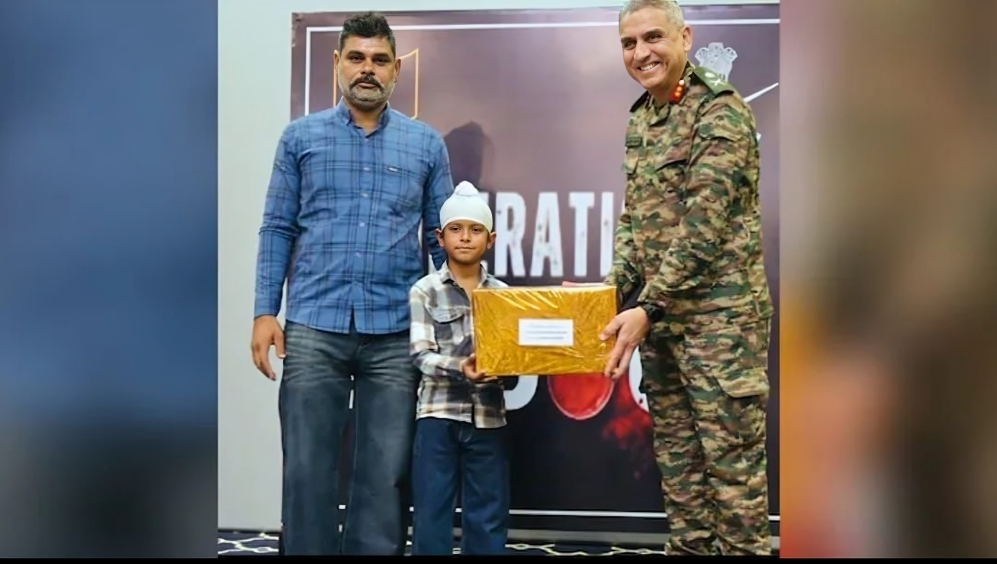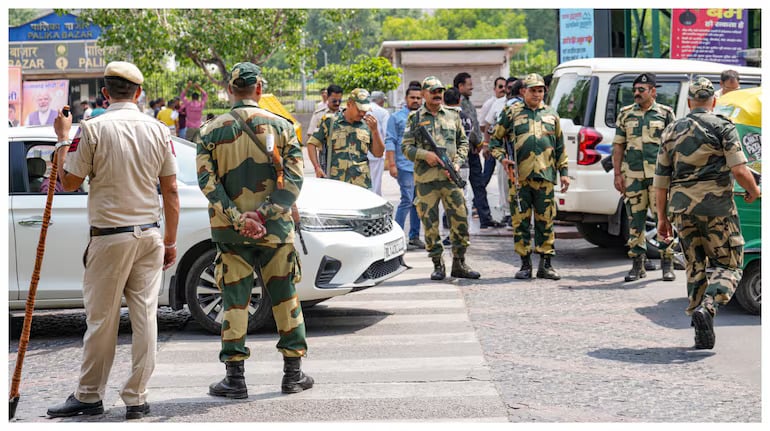COAS General Upendra Dwivedi Honours Four Veterans at Veteran Achievers Award 2025 in Prayagraj
The Indian Army celebrated the lifelong service of its veterans at the Veteran Achievers Award 2025, held in Prayagraj. General…
Indian Army Releases RFI for Procurement of Manpack and Ground Based Counter Unmanned Aerial System
The Indian Army has taken a major step toward enhancing national security and self-reliance by issuing Requests for Information (RFI)…
Indian Naval Academy Set for POP on 31 May 2025
The Indian Naval Academy (INA) is preparing for one of its most prestigious events of the year, the Passing Out…
Viral Picture of Karachi Billboard Sparks Outrage Over Lashkar-e-Taiba and Pakistan Army Link
A billboard erected in Karachi on May 27 has ignited fierce controversy, as it features images of Lashkar-e-Taiba (LeT) terrorist…
Indian Army Honors 10-Year-Old Boy for Courageous Support During Operation Sindoor
The Indian Army has honored 10-year-old Shravan Singh from Tara Wali village in Punjab’s Ferozepur district for his courageous and…
‘Operation Shield’: Mock Drill in 4 States and 2 UTs Tomorrow Amid Tensions With Pakistan
A large-scale civil defence mock drill ''Operation Shield' is set to take place in four key Indian states bordering Pakistan…

